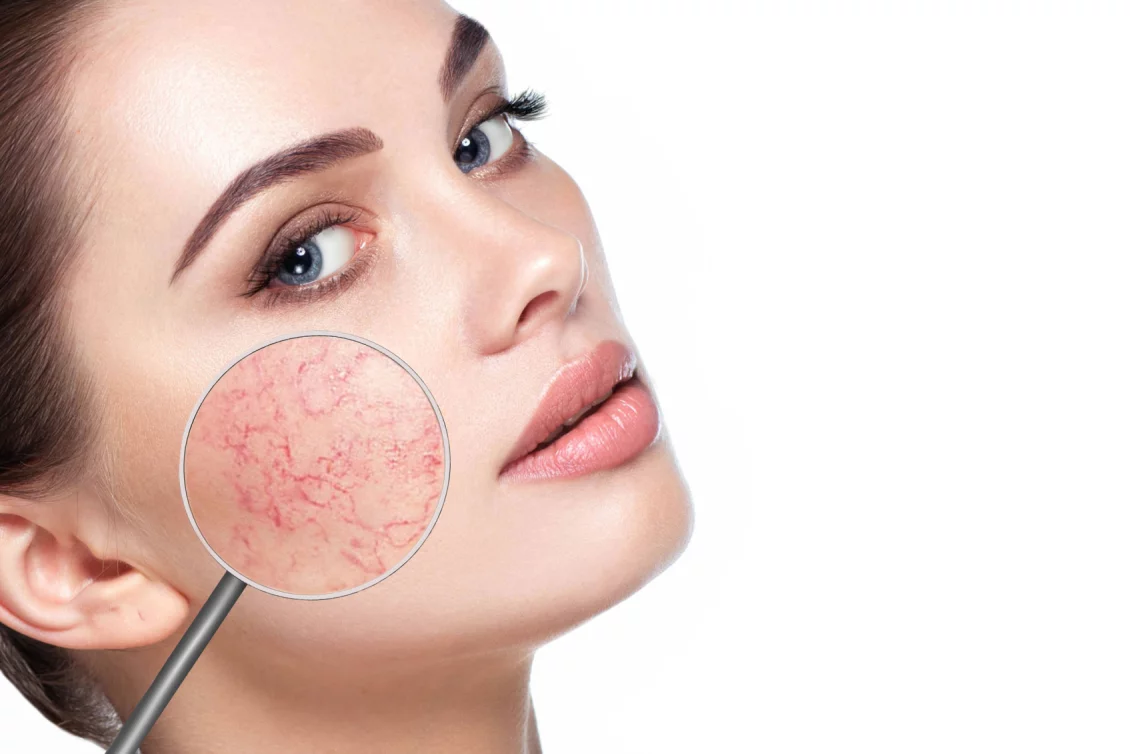Telangiectasia, couperose and spider veins
In fact, these three indications are very similar in terms of appearance and development.
The two terms, especially in connection with couperose and telangiectasia, often convey the same image – in many cases it is more a question of expertise.
They can occur either alone or in a row and can appear on different parts of the body such as the face and hands. These veins are smaller or larger than the spider veins on the legs and usually have no health implications. However, liver disease is rarely a sign of internal or skin disease. Spider nevi is also the term for telangiectasias that resemble spider webs.
Couperose
Couperose is a widely used term for elongated veins on the nose, cheeks and forehead.However, doctors tend to use the term “telangiectasia” to refer to the visible dilation of the capillaries in the skin.
Spider veins
Spider veins are small reticular veins that are located in the epidermis [especially in the legs] and shimmer reddish-bluish through the skin (like brushwood brooms).
Hemangiomas (hemangiomas)
Hemangiomas are harmless, small, red, net-shaped spots/nodules that expand the blood vessels [diameter 0.1-1 mm] all over the body; they are frequently found in infants. Couperose (vascular dilatation on the face, usually around the nose; can be an early stage of rosacea)
Port-wine stain (naevus flammeus)
A port-wine stain is a large, flat blood sponge that often forms from birth or in infancy. It often occurs in the facial area. Small benign arterial blood vessel neoplasm of the skin, spider nevus (spider or star-shaped: can occur anywhere on the body; often develops during pregnancy; can also be caused by liver cirrhosis or hormonal contraception). Teleangiectasia (dilated, fine, red skin veins containing red blood cells); nodules, papules, pustules and other signs of inflammation (similar to acne)



